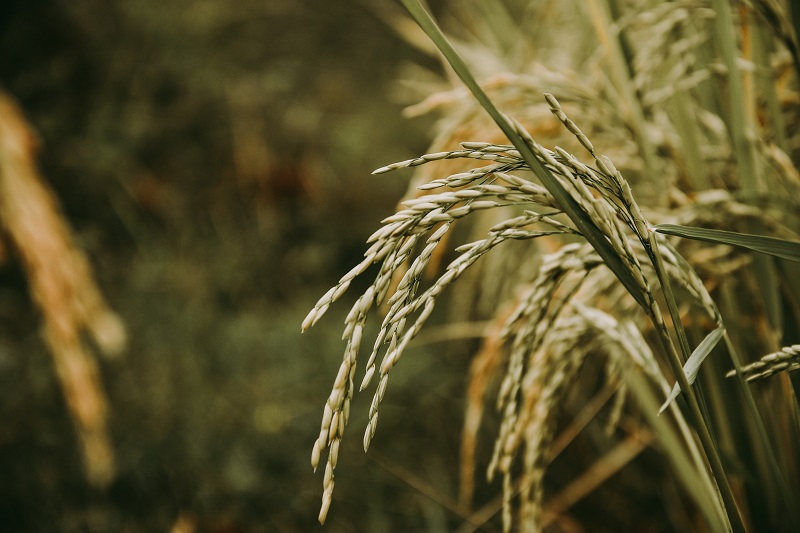
Phillippines Looks to India for Rice Amidst Export Ban: Will It Alleviate Concerns?
Last updated on July 31st, 2023 at 01:32 pm
The export of some grades of rice has been banned once again by India, which raises the prospect of fresh interruptions in the global food supply.
In India, food inflation is being slowed down with the new restriction. Local authorities claim that the price of rice has increased by 11% since last year.
According to the U.S. Department of Agriculture, the United States imports more than a quarter of the rice it consumes. The majority of what enters from India is of aromatic varieties like basmati, so the new export restrictions might not have as much of an impact on American consumers as on other countries.
However, rice is a staple food for three billion people worldwide, and prices are at their highest level in ten years.
Due to India’s new restrictions on Rice Exports, some markets in Asia and Africa might not have access to simple alternatives to make up for supply shortages.
Experts are concerned that India’s supply restrictions could lead to market shocks even more disruptive than those experienced during Russia’s invasion of Ukraine in the grain market.
Keep Reading
The Philippines might turn to India to increase its rice supplies.
According to Philippine President Ferdinand Marcos Jr., the nation needs to increase its rice reserves and he may look into a supply agreement with India. He expressed his concern for other suppliers and the potential effects of the dry El Nio weather on the local harvest.
He expressed concern about the state of the world’s supply and emphasized the need for all Southeast Asian nations to make El Nino preparations.
The Philippines, one of the largest rice importers in the world, traditionally sources the grain primarily from its neighbor Vietnam, but Marcos worries that due to rising global demand, Vietnam’s supply may become constrained.
Private traders handle the import of rice into the Philippines. However, with the president’s approval, the state agency that buys rice from local farmers for buffer stocking may import some quantity in an emergency.
Non-basmati white rice, India’s primary type of rice export, was outlawed in order to lower domestic prices after significant crop damage from rains. Government-to-government agreements are still possible, as New Delhi stated it would be open to satisfying the rice needs of other nations.
The ban is anticipated to cut the largest rice exporter in the world’s shipments in half while driving up the cost of rice from Vietnam and Thailand to levels not seen in more than ten years.
India exports more than 40% of the world’s rice, and because other exporters have low inventories, a reduction in shipments could increase food prices, which were already rising as a result of the Russian invasion of Ukraine last year and unpredictable weather.
Despite panic buying, the US supply of rice imported from India may not be a problem for now, but a long-term ban will undoubtedly deplete that stock. But for now, the Philippines is looking to India for rice! Maybe the world will also look towards India for this.




